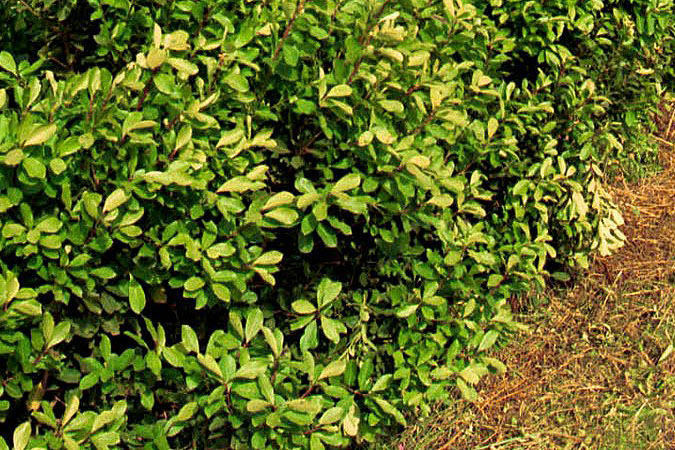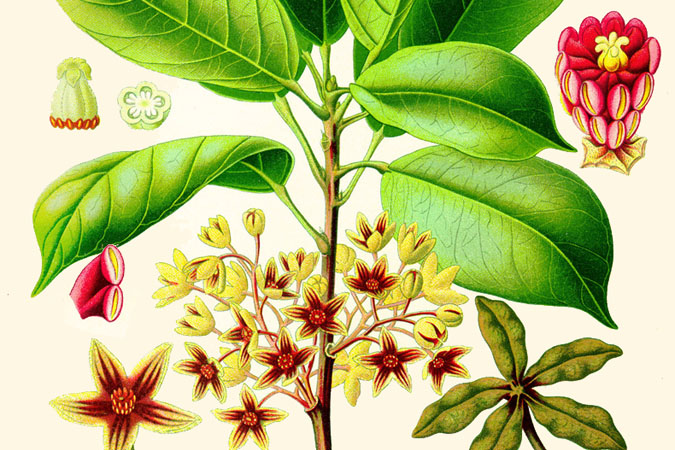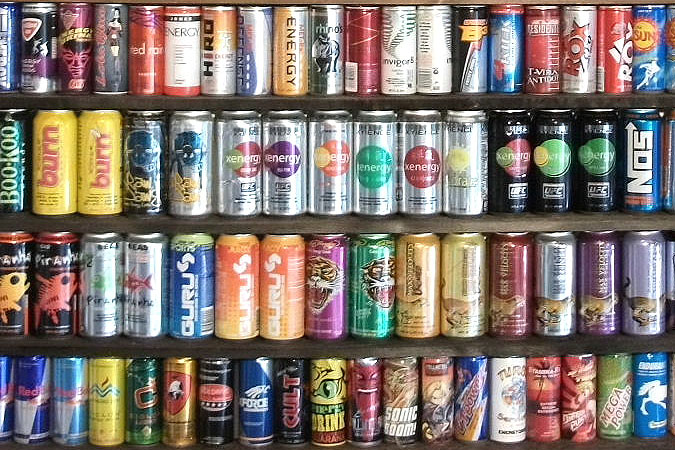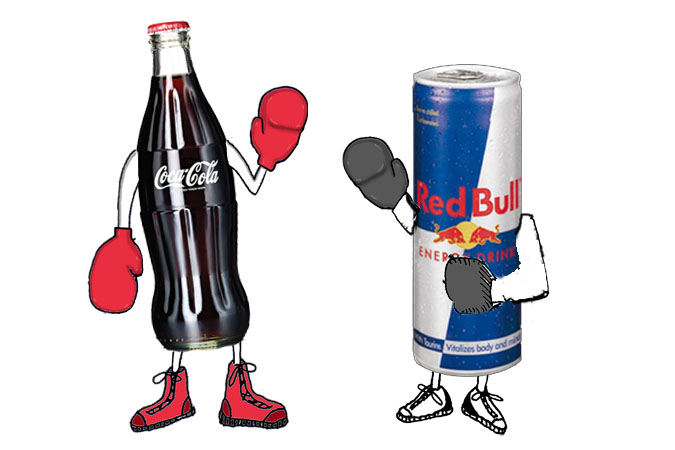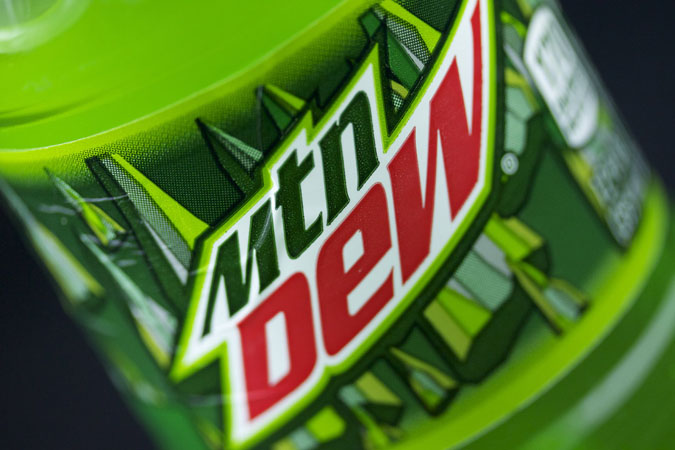For a caffeine boost, some people drink a tea made from mate, also known as yerba mate. Mate’s bitter flavor is an acquired taste, especially when brewed alone, without tempering by other flavorings. It’s often a natural ingredient in energy drinks and energy shots.
What is mate or yerba mate? The mate plant, Ilex paraguariensis, is a type of tropical evergreen in the holly family. The word maté refers to the tea, which is traditionally drunk scalding hot through a straw; and also to the richly decorated, hollowed out gourd used by natives as a vessel for brewing and drinking.
Where does mate come from? Maté hails from rainforests in Paraguay, and is also found in Argentina and Brazil. Native tribes discovered its properties by brewing a tea from the smoke-dried leaves and twigs.
How much caffeine does mate yield? As a stimulating beverage, maté’s buzz is fairly low, with caffeine levels comparable to weak or very strong tea: between .7 and 1.7 percent (tea typically contains .4 to .9 percent caffeine). Maté’s caffeine is sometimes called mateine.
What else does mate contain? Maté’s theobromine content ranges from a low .3 to .9 percent; it may contain a tiny amount of theophylline or none at all (depending on the species).
Is mate safe? Studies have indicated that frequent, large consumption over prolonged periods may increase the risk of cancers of the mouth, lungs, and esophagus; but evidence suggests that in the subjects tested, drinking mate at high temperature, heavy consumption, and tobacco smoking are responsible for the carcinogenic results. Like guarana, mate is classified as GRAS, generally recognized as safe, by the U.S. Food and Drug Administration (FDA). Most experts also consider it safe in moderate amounts, though research has been sparse.

